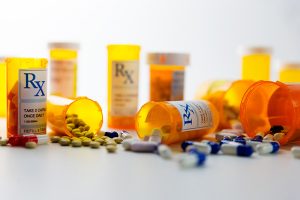How to find out if your doctor gets paid by pharma
Understanding how much money a physician has received from pharmaceutical companies is important, especially for patients who might wonder if a prescribed medication is truly necessary.
Open Payments, an online database developed by the Centers for Medicare and Medicaid Services, makes that information publicly available and easy to find in order to address concerns about these types of financial ties.
Data collection began on Aug. 1, 2013, and required all applicable manufacturers of medications, devices, biologics, and medical supplies covered by Medicaid, Medicare, or the Children’s Health Insurance Program (CHIP) to report any payment or transfers of value directed to physicians.
This includes:
- Charitable contributions
- Compensation for services other than consulting, including serving as faculty or as a speaker at a venue other than a continuing education program
- Compensation for serving as faculty or as a speaker for a nonaccredited and noncertified continuing education program
- Consulting fees
- Education
- Entertainment
- Food and beverage
- Gifts
- Grants
- Honoraria
- Royalties or license
- Travel and lodging
Why it matters
Research indicates that physicians are more likely to prescribe brand name medications promoted by pharmaceutical representatives. Prior studies also found physicians who received payments from a pharmaceutical company were more likely to judge pro-industry clinical trial results as favorable.
In a recent study published in The Journal of the American Osteopathic Association, researchers used Open Payments to evaluate the financial relationship between cardiologists and medical industries by tracking all payments to cardiologists in 2015.
Study authors recommend patients ask their physicians for clarity regarding their financial ties to medical industries, should they believe it might unduly influence their care.
In the 2015 calendar year, 81,977 payments were made to 12,078 cardiologists, amounting to $13,906,167.43. The minimum payment made to a cardiologist was $1.16 and the maximum, $2,805,825. However, 66 percent of payments were between $11 and $50, and 15 percent were less than $10.
According to researchers, less than 10 percent of those payments to cardiologists in 2015 offer any context for why the payments were made, leaving more than 90 percent open to interpretation. Study authors recommend patients ask their physicians for clarity regarding their financial ties to medical industries, should they believe it might unduly influence their care.

